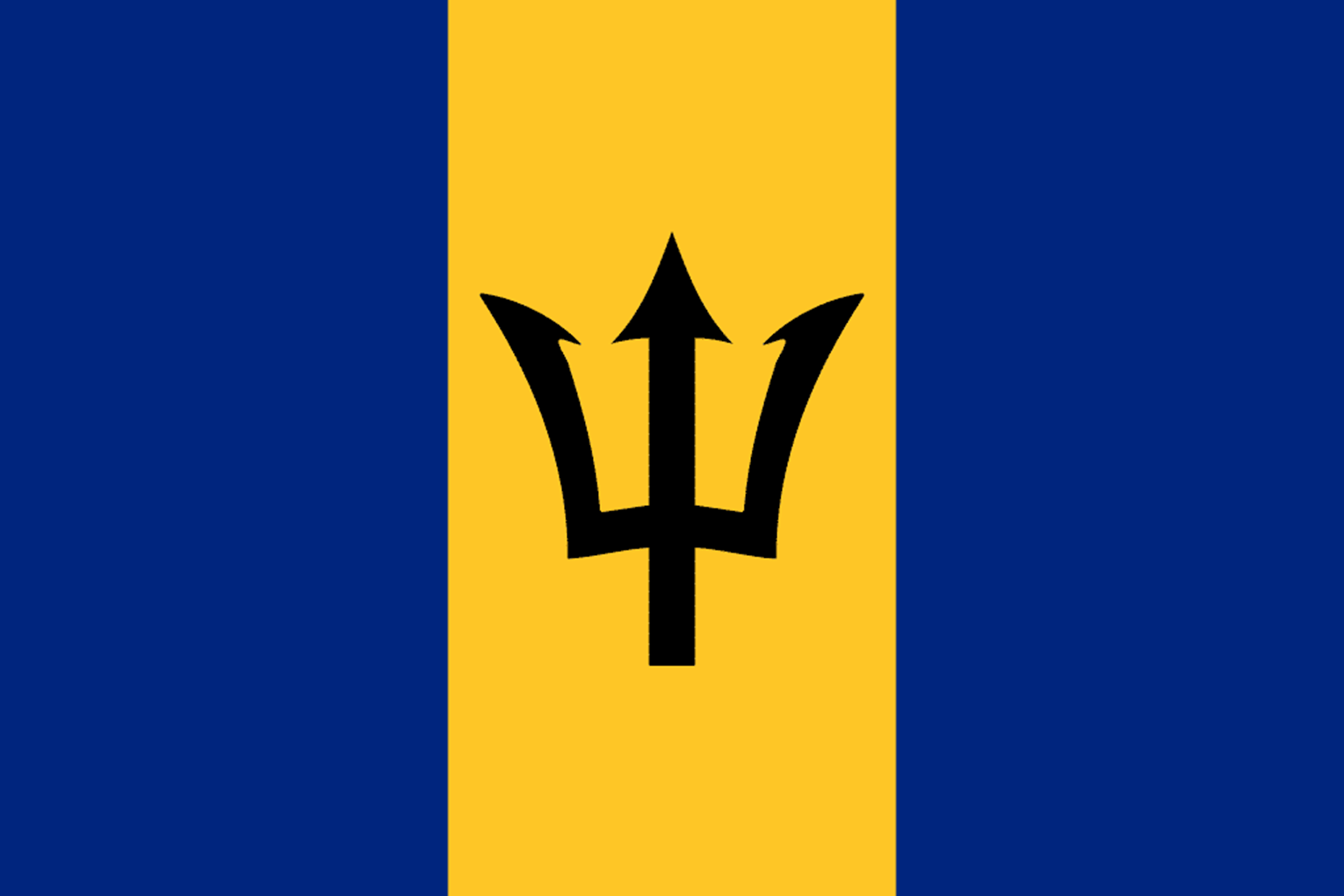sonakshisinha.net – The Barbados flag, officially adopted on November 30, 1966, the day the country gained independence from the British Empire, is a vibrant emblem of the nation’s rich history, culture, and aspirations. Its design is both simple and profound, encapsulating the essence of Barbados in a way that is immediately recognizable to its citizens and to the world.
Design and Symbolism
The flag of Barbados features a trident centered on a diagonal band of gold, which separates the hoist side of the flag, colored ultramarine, from the fly end, which is colored light green. The trident, a symbol of the Roman god Neptune, represents the island’s historical ties to the sea, its economy, and the god’s powerful and majestic nature. The gold band symbolizes the sand of Barbados’ beaches, while the blue stands for the sea and sky, and the green represents the land and its fertility.
Historical Context
Before gaining independence, Barbados was a British colony, and its flag was the British Blue Ensign with the coat of arms of Barbados on a white disc in the fly. The adoption of the current flag marked a significant step in the nation’s journey towards self-governance and national identity. The flag’s design was chosen through a public competition, highlighting the importance of national pride and participation in the creation of this symbol.
Cultural Significance
The Barbados flag is more than just a piece of cloth; it is a powerful symbol of the country’s identity and independence. It is flown with pride on public buildings, during national holidays, and at international events, serving as a beacon of Barbadian culture and values. The flag’s colors and design are often incorporated into local art, clothing, and souvenirs, further embedding it into the national consciousness.
Conclusion
The Barbados flag stands as a testament to the nation’s journey from colonial rule to independence. Its design, rich in symbolism, reflects the country’s deep connection to the sea, its land, and its people. As Barbados continues to grow and evolve, its flag remains a constant, unifying symbol of its history, culture, and aspirations for the future.
